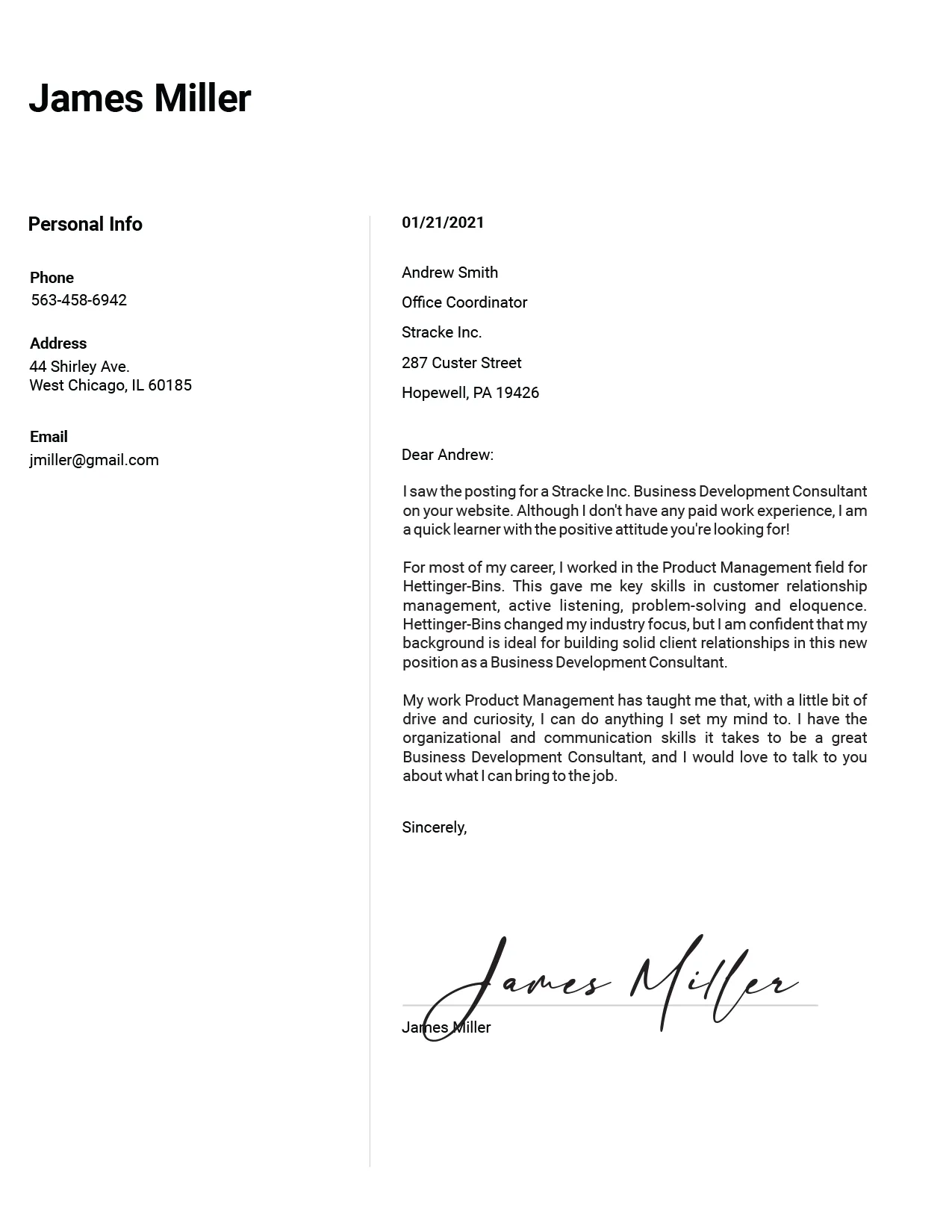Cover Letter Fundamentals
A cover letter is your introduction to a potential employer. It’s a crucial document that complements your resume, providing context and personality that a resume alone often lacks. It’s your chance to make a strong first impression and demonstrate why you’re the perfect fit for the job. Mastering the art of cover letter writing can significantly increase your chances of landing an interview and ultimately, the job. This guide will walk you through the essential elements of crafting a compelling cover letter.
What is a Cover Letter
A cover letter is a one-page document submitted with your resume when applying for a job. It serves as a personal introduction and highlights your relevant skills, experience, and achievements. Unlike a resume, which is a factual summary, a cover letter allows you to express your personality, enthusiasm, and explain why you’re interested in the specific role and company. It allows you to provide details and a narrative that helps the recruiter understands you better.
Why is a Cover Letter Important
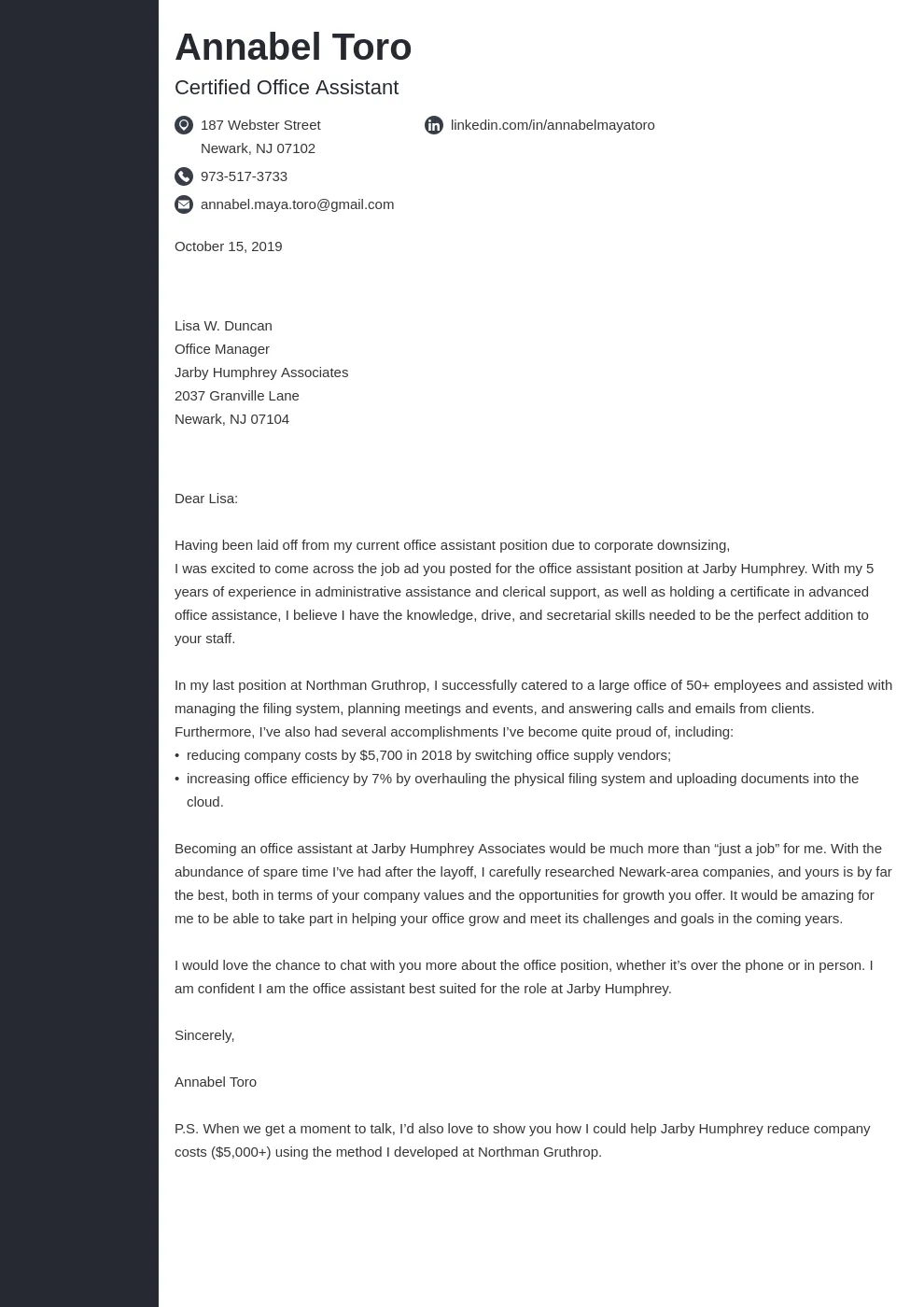
Cover letters are important for several reasons. They provide a space to connect your experience to the job requirements and tell a story. They also help you demonstrate your communication skills, express your enthusiasm for the opportunity, and show that you’ve done your research about the company. Many hiring managers consider a cover letter a mandatory part of the application, and omitting it can signal a lack of attention to detail or lack of interest. A well-written cover letter can set you apart from other candidates and increase your chances of getting an interview.
Cover Letter Structure
A well-structured cover letter is easy to read and makes a positive impression. It follows a standard format that includes a header, a greeting, an introduction, body paragraphs, a conclusion, and a closing. Each section plays a vital role in conveying your message effectively. Adhering to this structure helps you organize your thoughts and present your qualifications in a clear and concise manner. Proper formatting and a logical flow make it easier for the hiring manager to quickly grasp your key strengths and qualifications.
Header and Contact Information
The header of your cover letter should include your contact information, such as your name, phone number, email address, and LinkedIn profile URL. This makes it easy for the hiring manager to contact you if they’re interested. Ensure your contact information is accurate and professional. You should also include the date and the hiring manager’s name and title (if known), along with the company’s name and address. A clean, well-formatted header sets a professional tone.
Greeting the Hiring Manager
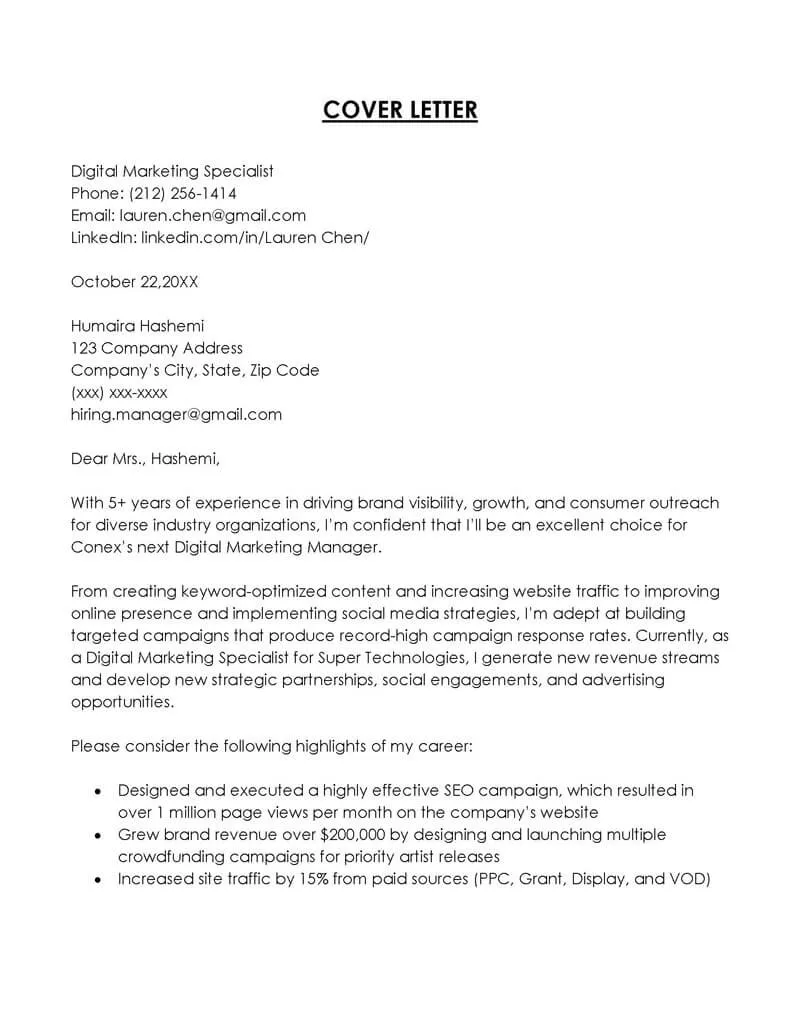
Always address your cover letter to a specific person whenever possible. Research the company and find the name of the hiring manager or the person responsible for reviewing applications. A personalized greeting, such as “Dear Mr. Smith,” shows that you’ve taken the time to learn about the company and the role. If you can’t find a specific name, “Dear Hiring Manager” is a suitable alternative. Avoid generic greetings like “To Whom It May Concern,” as they can make your letter seem impersonal.
Body Paragraphs
The body paragraphs are the heart of your cover letter. They are your opportunity to make your case for why you’re the right fit for the job. This section should be broken down into a few concise paragraphs, each focusing on a specific aspect of your qualifications and interest. Each paragraph should have a clear purpose and contribute to the overall narrative of your application. Your aim is to create a compelling and well-structured argument in favor of hiring you.
First Paragraph Grab Attention
Start with a strong opening that grabs the reader’s attention. Mention the position you’re applying for and where you found the job posting. Briefly state your enthusiasm for the role and company. This paragraph should be concise and clearly express your interest in the opportunity. Use a compelling statement to hook the reader and make them want to read more. Focus on your key skill or a relevant achievement that immediately demonstrates your value.
Second Paragraph Showcase Skills
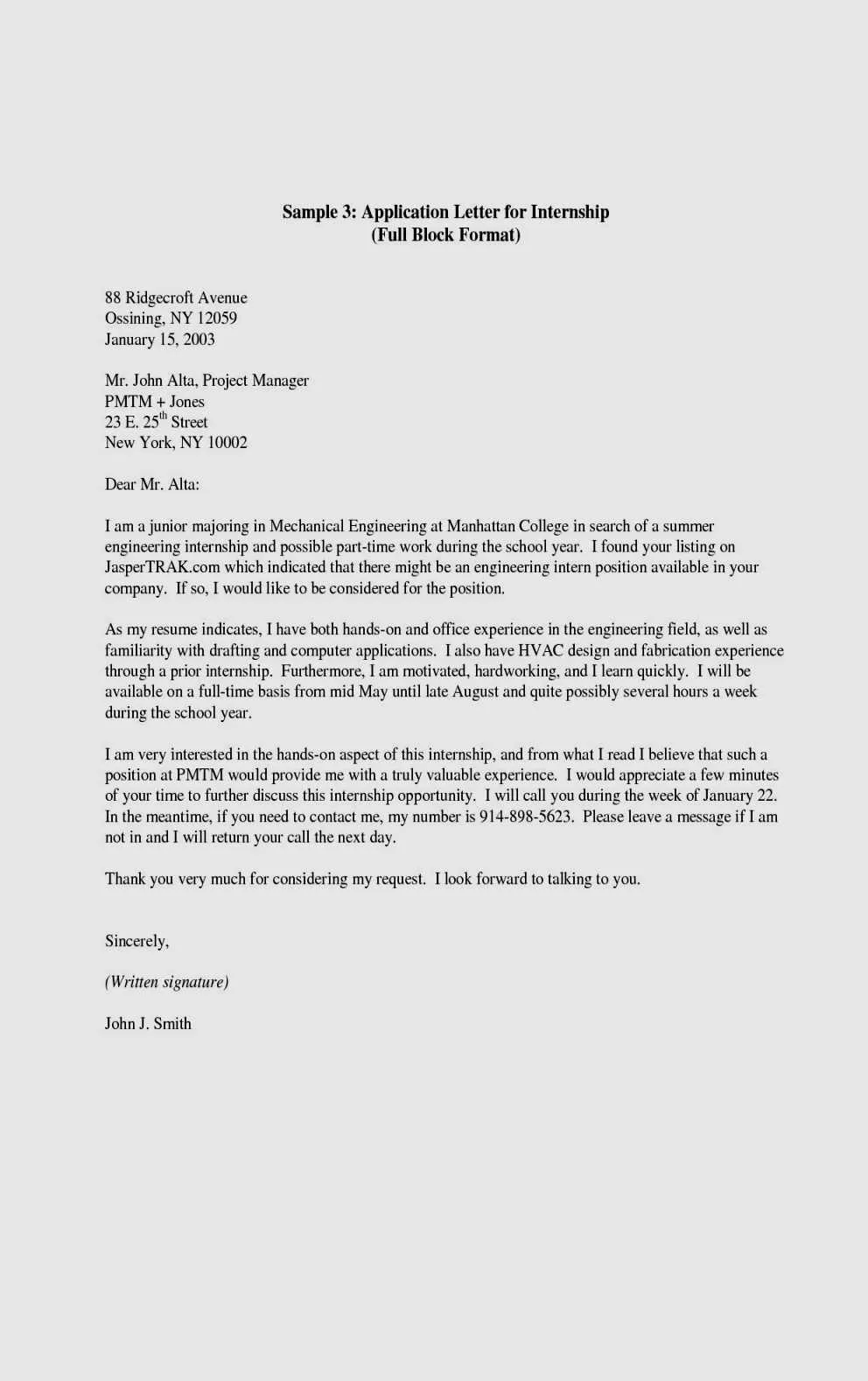
The second paragraph should highlight your relevant skills and experience. Provide specific examples of how your skills and experience align with the job requirements. Quantify your achievements whenever possible (e.g., “Increased sales by 15%”). Tailor this section to the specific job, emphasizing the skills and experiences most relevant to the position. Explain what value you can bring to the company. Use action verbs to describe your accomplishments and responsibilities. It’s important to create a clear connection between your past experiences and the needs of the new role.
Third Paragraph Express Enthusiasm
In the third paragraph, express your enthusiasm for the company and the role. Mention something specific that interests you about the company’s mission, values, or products. Explain why you’re a good fit for the company culture. Showcase your understanding of the company’s goals and how you can contribute to their success. Show your commitment to the role and how excited you are to potentially join their team.
Concluding the Cover Letter
In your closing paragraph, reiterate your interest in the position and express your confidence in your ability to succeed. Thank the hiring manager for their time and consideration. Briefly summarize why you’re a strong candidate, emphasizing your most relevant skills and experience. Make a call to action, such as expressing your eagerness to discuss your qualifications further in an interview. It should leave the reader with a positive impression of your suitability for the role.
Formal Closing and Signature
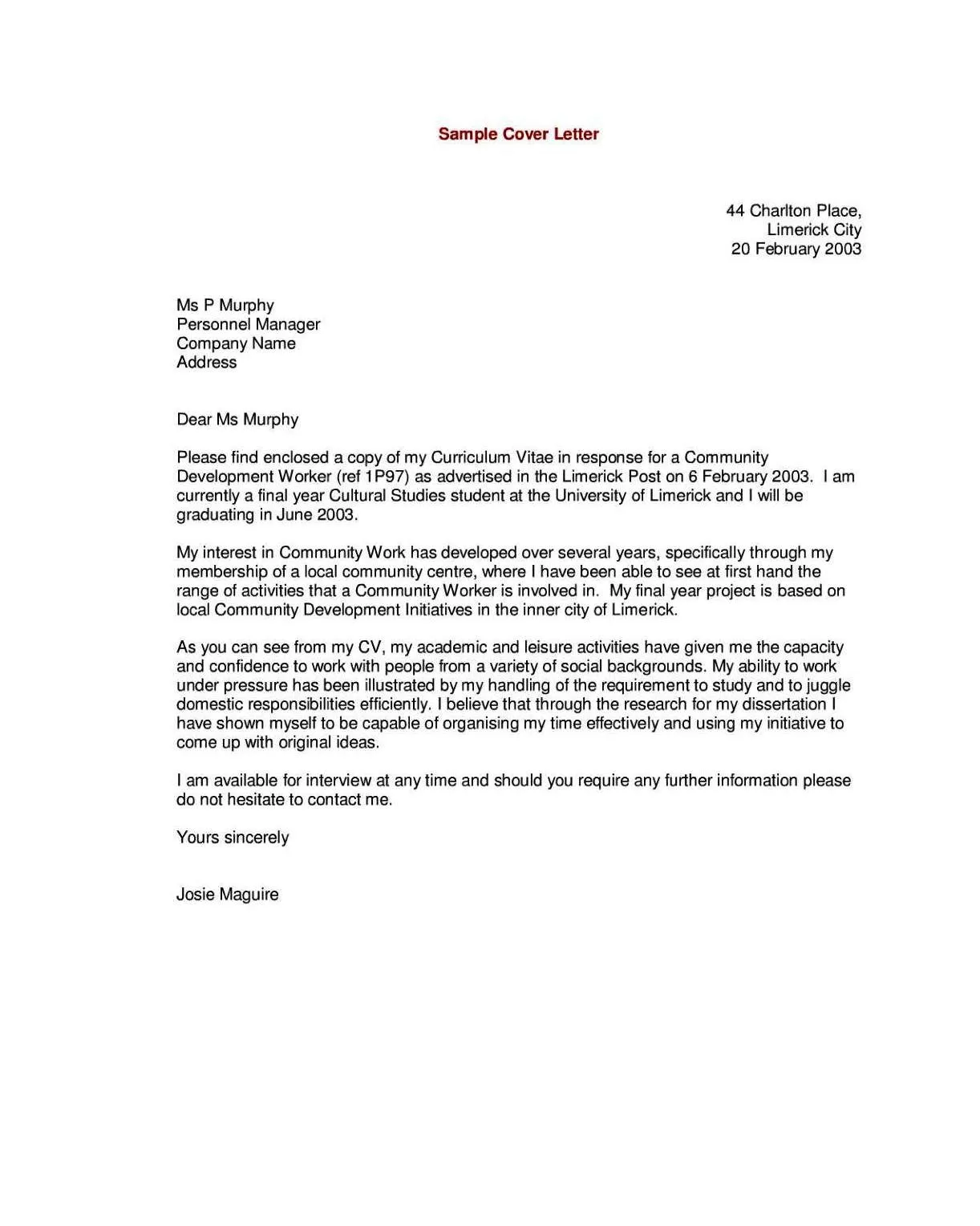
End your cover letter with a professional closing, such as “Sincerely,” “Best regards,” or “Thank you.” Type your full name below the closing. If you are submitting a digital letter, you can also include an electronic signature. Ensure the tone of your closing is professional and reflects the overall tone of the letter. Your signature acts as a final confirmation of your application and adds a personal touch to your letter.
Cover Letter Content and Style
The content and style of your cover letter should be tailored to each specific job and company. It’s essential to use a professional and concise tone, avoiding jargon or overly complex language. Use clear and straightforward language, making it easy for the hiring manager to understand your qualifications. The overall style should reflect your personality and enthusiasm while remaining professional and appropriate for the workplace. Your writing should be well-structured and free of grammatical errors.
Tailoring Your Cover Letter
Never send a generic cover letter. Always tailor your letter to the specific job and company. Read the job description carefully and identify the key skills and qualifications the employer is seeking. Use these keywords and phrases throughout your cover letter to show that you meet the requirements. Research the company and mention specific aspects that interest you, demonstrating your genuine interest. Tailoring shows you’ve taken the time and effort to understand the role and the organization.
Keywords and Action Verbs
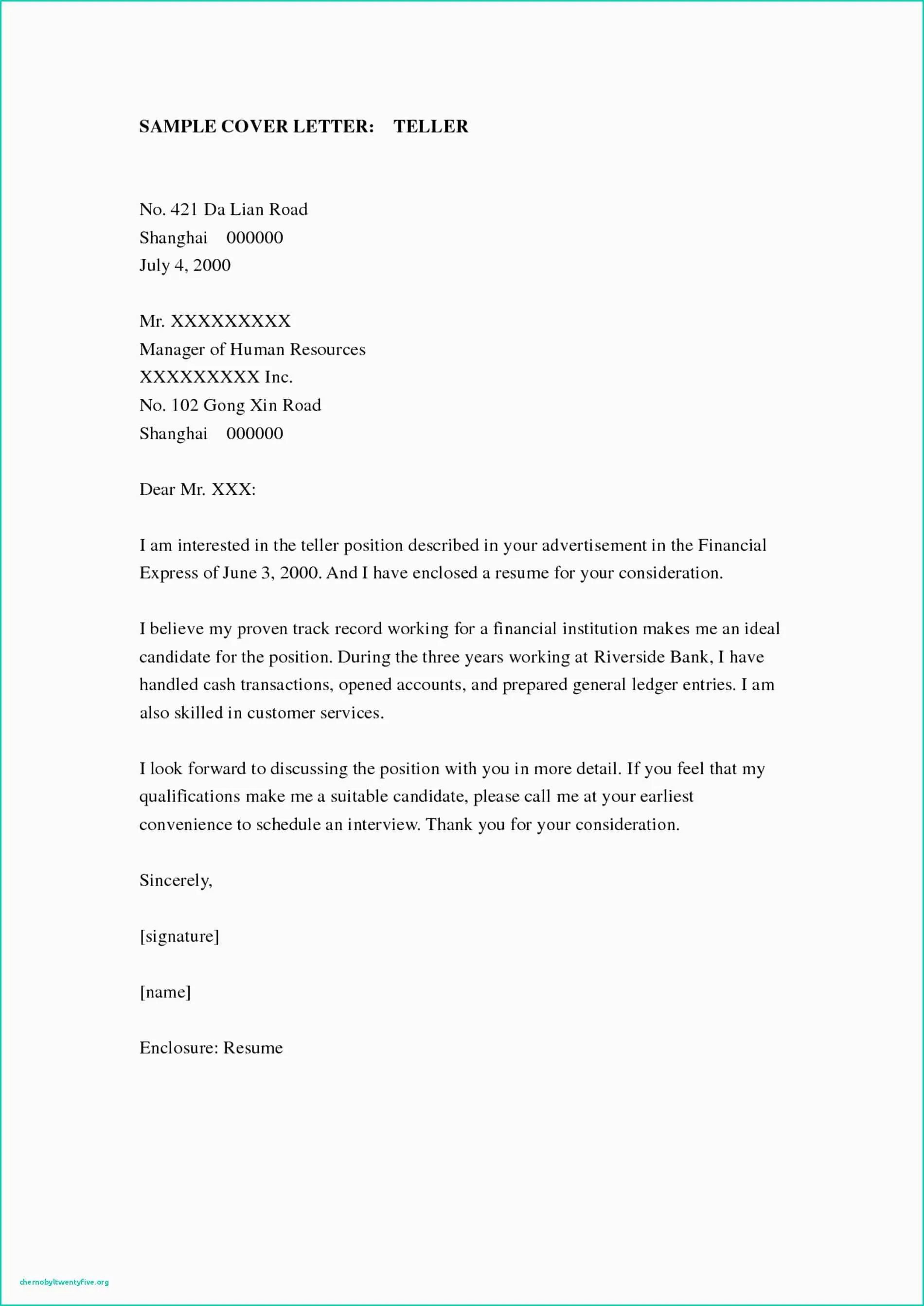
Use keywords and action verbs to highlight your skills and achievements. Review the job description and incorporate relevant keywords throughout your cover letter. Action verbs help to describe your accomplishments and make your letter more engaging. Examples include “managed,” “developed,” “led,” “implemented,” and “achieved.” Use these verbs to showcase your skills and demonstrate how you’ve made a positive impact in previous roles. This makes your letter more dynamic and demonstrates the value you bring to the table.
Proofreading and Editing
Proofreading is essential before submitting your cover letter. Errors can damage your credibility. Carefully check for any grammatical errors, spelling mistakes, and typos. Ask a friend or family member to review your letter for a second opinion. Ensure the letter is well-formatted and easy to read. A polished cover letter shows that you pay attention to detail and take your application seriously. Pay close attention to sentence structure, clarity, and overall flow to make sure that your message is clearly conveyed.
Common Cover Letter Mistakes
Avoid common cover letter mistakes that can hurt your chances. These include using generic templates, not tailoring your letter to the specific job, and including irrelevant information. Other mistakes include making grammatical errors, being too long or rambling, and focusing on yourself rather than the employer’s needs. Ensure your cover letter is well-written, concise, and focused on your ability to meet the job requirements. Correcting these common mistakes is critical for presenting a professional and persuasive application.
